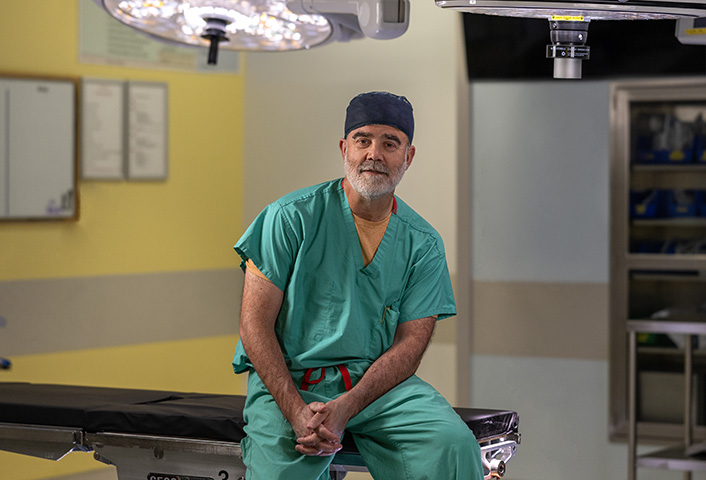Why Nationwide Children's?
The Selective Dorsal Rhizotomy (SDR) Program at Nationwide Children’s Hospital in Columbus, Ohio, is one of the only programs of its kind in the United States. SDR, a spinal surgery usually performed on children with spastic cerebral palsy (CP), can improve mobility, reduce pain and relieve lower limb spasticity.
Spasticity is a condition that causes stiff, tight muscles that can’t be controlled because of a problem with the signals the brain sends – or doesn’t send – to a person’s nerves. The nerves causing the most tension are cut during this unique surgery. This can also reduce the number of additional orthopedic surgeries needed over the course of a child’s life. In most cases, spasticity doesn’t return.
At Nationwide Children’s, our nationally ranked team of surgeons, nurses and rehabilitation specialists will see you through every step of the process – from initial consult to post-surgery therapy.

